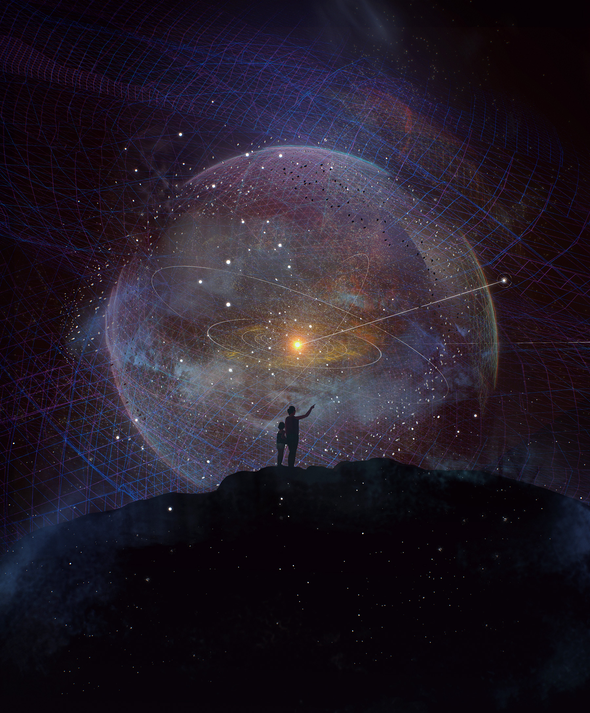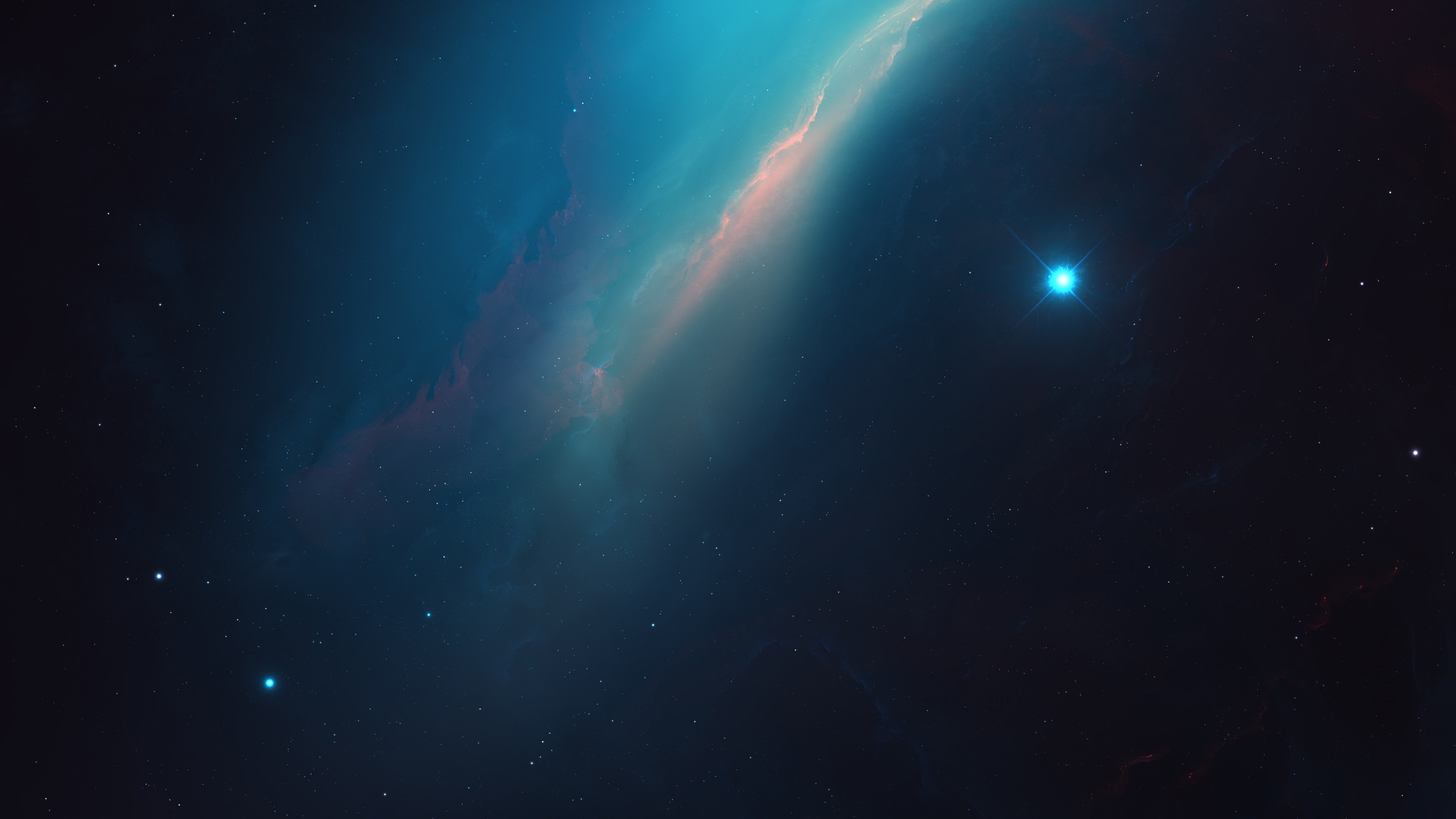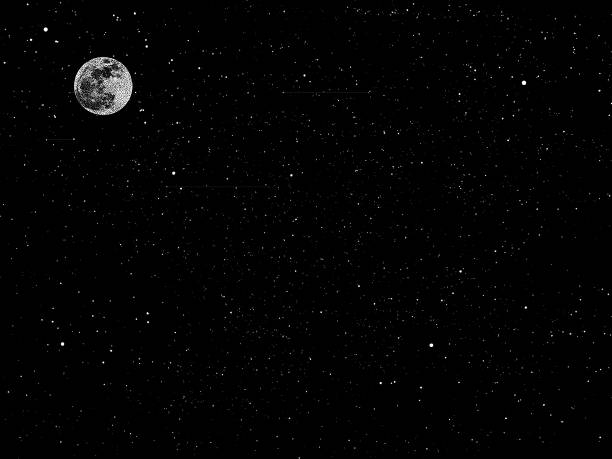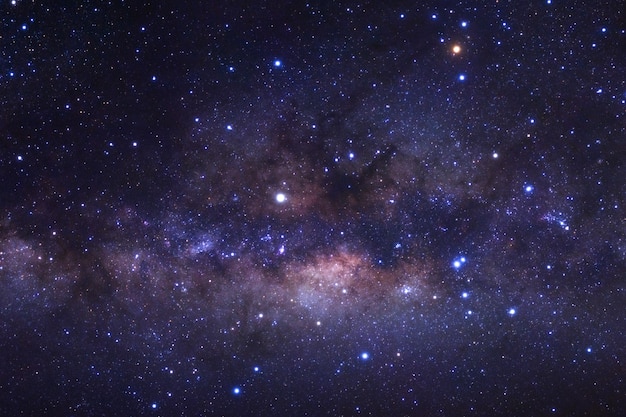Stars In Space
Get the latest updates on nasa missions watch nasa tv live and learn about our quest to reveal the unknown and benefit all humankind.

Stars in space. However very massive stars can lose 10 7 to 10 5 m each year significantly affecting their evolution. Now please clarify for us all if this footage is fakery by nasa or genuine video of stars in space easily video taped while the sun is clearly visible. Gaia aims to precisely map about 1 billion stars in the milky way. This star is commonly used for spacecraft to orient themselves in space since it is so bright compared to the stars surrounding it.
Stars are huge celestial bodies made mostly of hydrogen and helium that produce light and heat from the churning nuclear forges inside their cores. Missions such as the gaia mission a european space agency space probe that launched in 2013 may provide further answers. But when the station is not aligned optimally it will seem no brighter than a modest 2nd or 3rd magnitude object. The sun loses 10 14 m every year or about 001 of its total mass over its entire lifespan.
For most stars the mass lost is negligible. Universe today has articles on what is the north star and types. Nasagov brings you the latest images videos and news from americas space agency. Every star generates a stellar wind of particles that causes a continual outflow of gas into space.
Normally the best times. Thats why we keep sending telescopes there. After the sts 97 assembly mission the space station will rival the bright star sirius or perhaps even venus when the angles are favorable for a bright reflection. Yes you can see stars in space.
Get the latest space exploration innovation and astronomy news. But pictures of celestial bodies taken from space by astronauts aboard satellites do not have any stars in the background because stars are very very far away. Stars are clearly visible in space. Consider any space picture.
Actually we can see them better from space than through our thick atmosphere. Can you see stars in space. Actually we can see them better. Therefore they are incredibly dim in contrast to other natural or man made objects present in the foreground of the captured photographs.
Stars that begin with more than 50 m.

:max_bytes(150000):strip_icc()/bright-stars-in-our-night-sky-3073632_final2-41045308721d4b668d3913527a01c276.gif)




